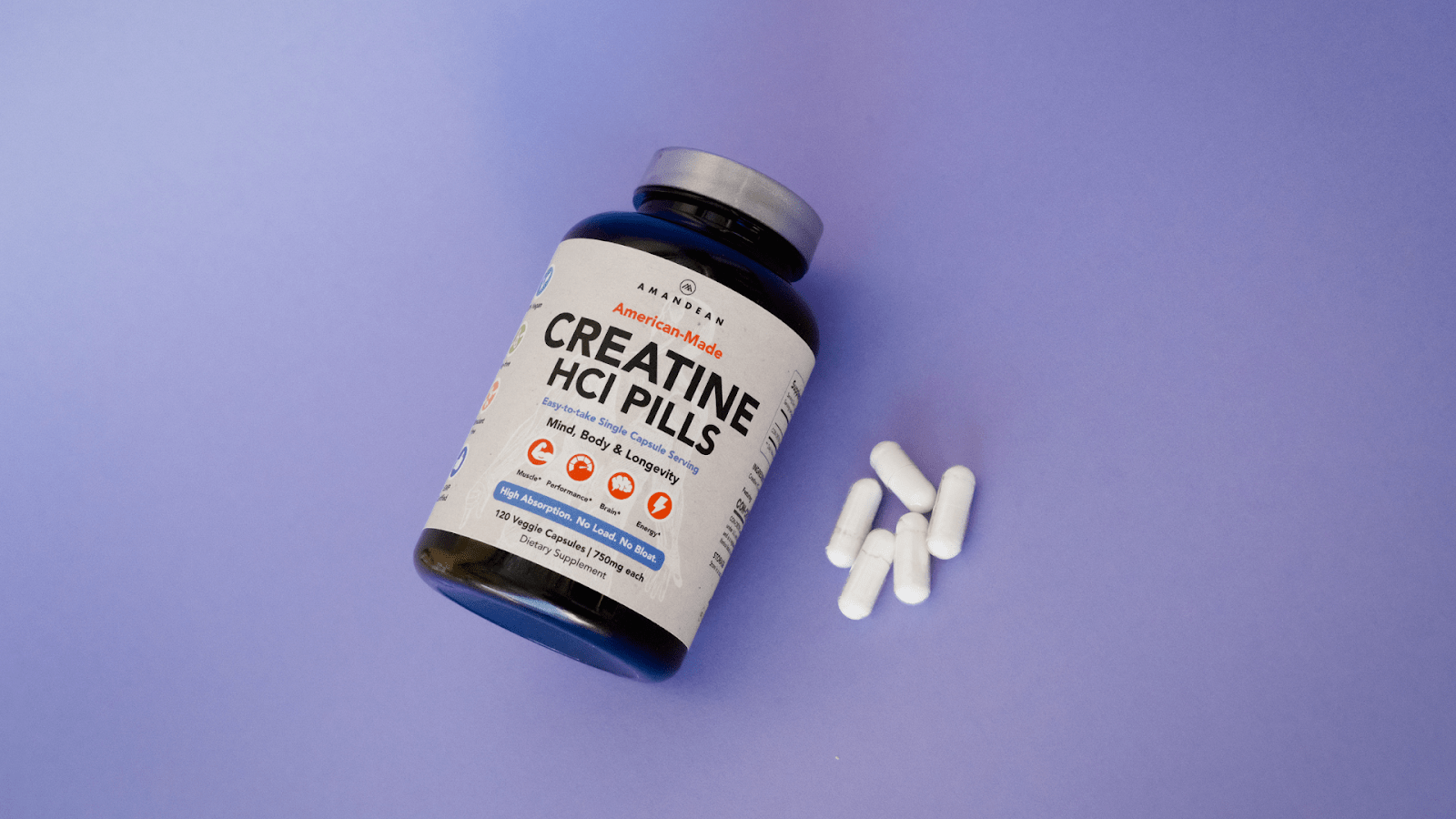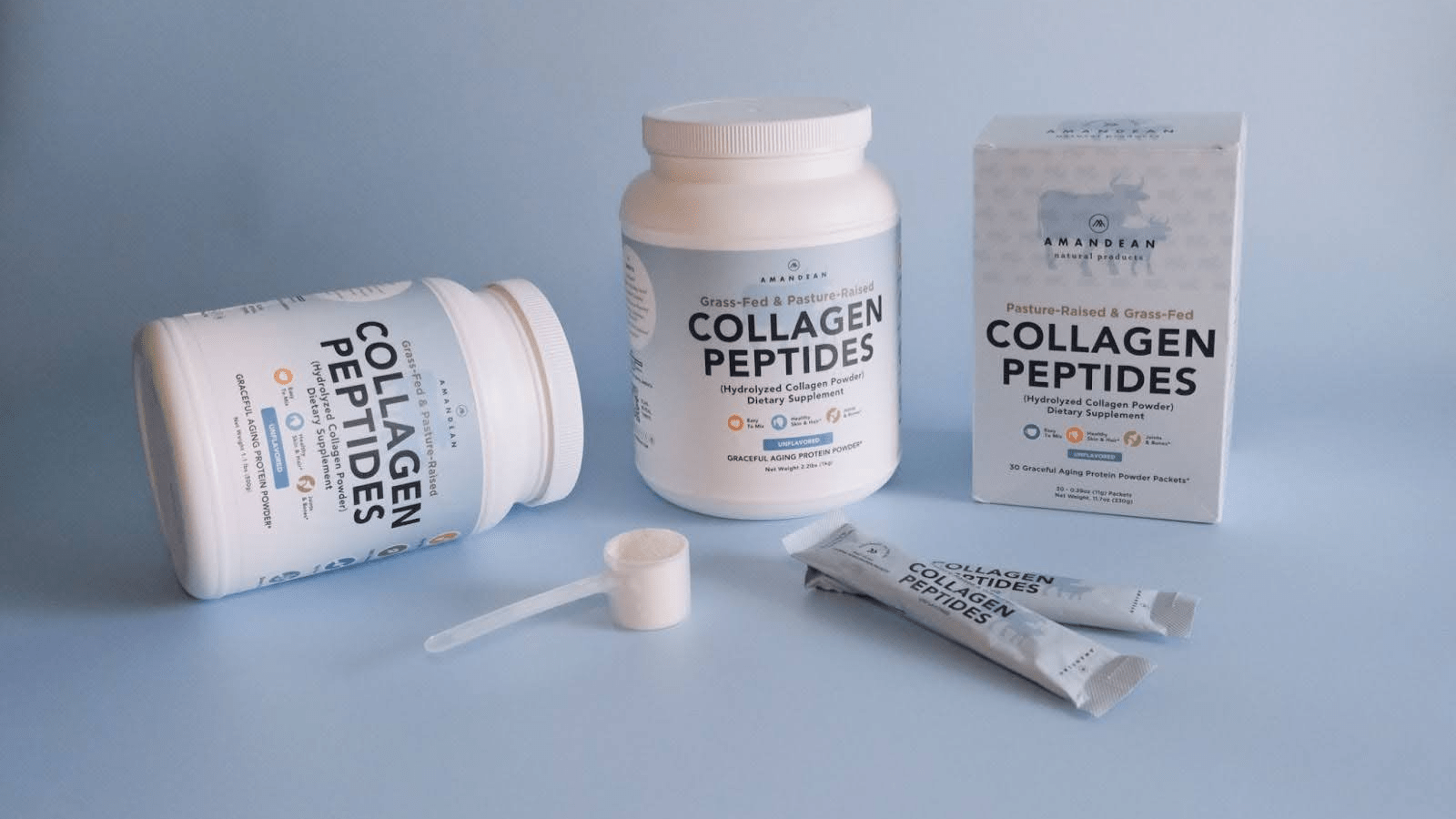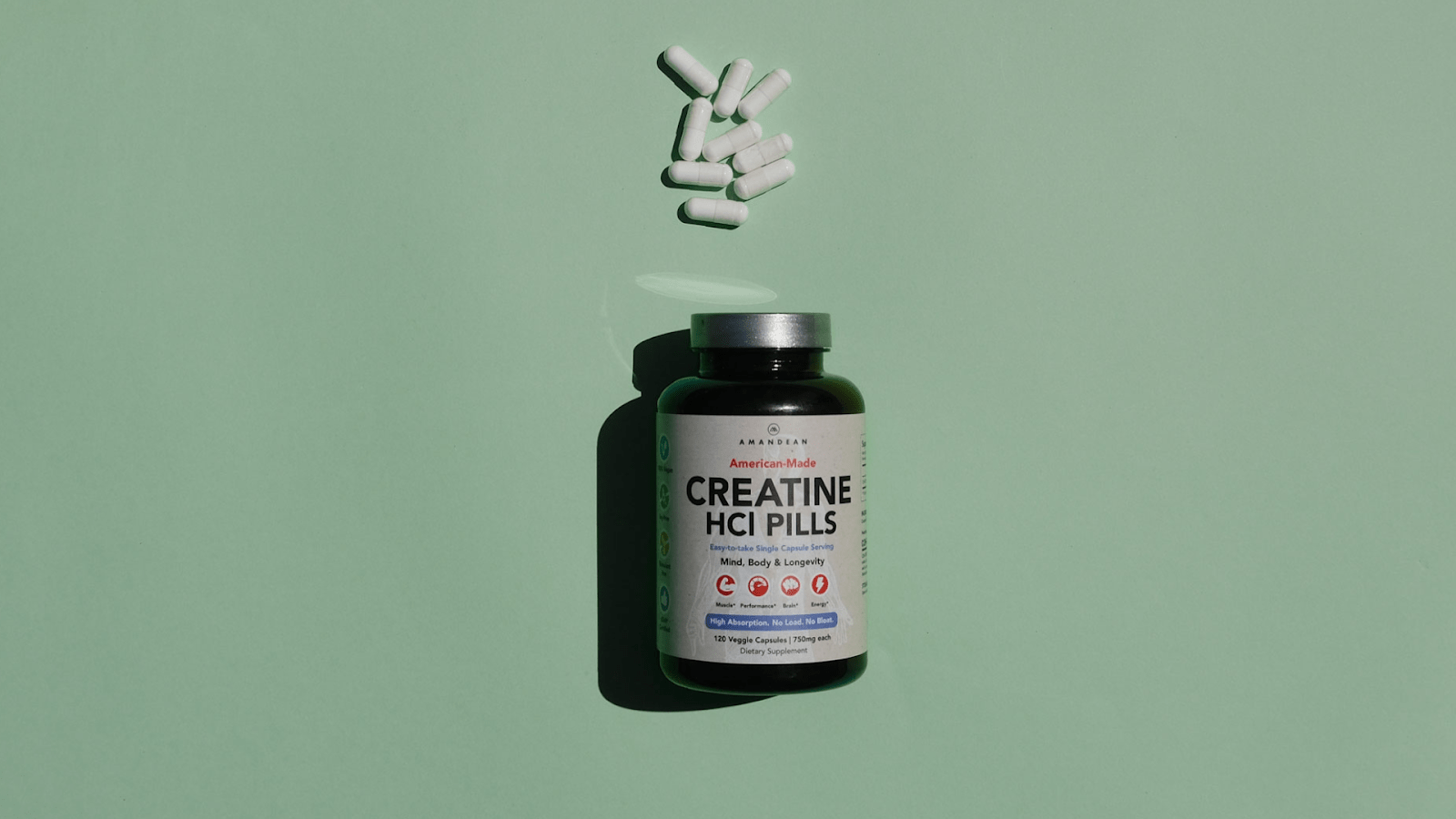Your Cart is Empty

June 29, 2021 10 min read
On one hand, we have intermittent fasting (IF). It’s a way of managing nutrition by splitting up our days into feeding & fasting windows in order to optimize our metabolism, fat-burning abilities, and blood glucose levels. There is indeed plenty of science to back this lifestyle, but of course there is criticism as well. On the other hand, we have intuitive eating. IE throws out diet culture and rigid guidelines when it comes to food altogether and opts for a more instinctual guide to eating; one that puts us back in touch with our body’s needs and hunger cues which many of us have lost.
Intuitive Eating and Intermittent Fasting seemingly have little in common and that is correct. Recently however, public figures Will Cole and Gwyneth Paltrow decided to combine them, and voila! All of a sudden we have something called intuitive fasting. But, if you really think about it, there’s nothing intuitive in depriving yourself of food, right? We could almost point out that intuitive fasting is an oxymoron. So, what exactly is intuitive fasting and how does it work? More importantly, is there any nutritional science behind it? Buckle up as we’re about to explore the idea of the infamous intuitive fasting that triggered a heated discussion amongst health professionals and marketers alike.
Intermittent fasting, simply known as IF, cannot really be considered a diet, since it doesn’t limit the foods you can/can’t eat. More precisely, intermittent fasting is a dietary pattern that consists of eating windows (times when you allow yourself to eat) and fasting windows (periods during which you don’t consume any calories at all). While there are no “forbidden” foods or proposed diet plans, the best results come from combining IF with balanced nutrition that contains plenty of vegetables and protein.

One of the easiest ways to introduce intermittent fasting into your life is the 5:2 method. If you choose this eating schedule, you will eat normally for 5 days of the week and limit your calories for 2 days. Many IF methods are based on hourly distribution between eating windows and fasting periods. For instance, the 16:8 IF method (one of the most popular) entails a 16-hour fasting period and an 8-hour eating window. More rigorous IF options include The Warrior Diet or OMAD (fasting throughout the day and having a big meal at night), Alternate-Day Fasting (fasting every other day), and Eat Stop Eat(having a 24h fast once or twice per week). [1]
The health benefits of intermittent fasting are plenty. If you’re looking to lose weight, IF might be a great solution since you’ll most likely eat fewer meals due to time restrictions. What’s more, short-term fasting has been associated with an increased metabolic rate (and the higher the metabolic rate - the more calories burned!). [2] Periodic fasting has also been shown to reduce insulin resistance, lower blood sugar levels, and decrease the risk of type 2 diabetes.[2] Moreover, IF appears to be a rather effective nutritional approach against oxidative stress and inflammation, while promoting cellular repair, cognitive functions, andgut health. [2]
Just like any other dietary routine, IF may come with certain side effects you find unpleasant, although they are likely to subside once your body becomes accustomed to eating this way. People often experience hunger and cravings during fasting periods, especially in the beginning. Once your body adapts to this new way of eating these problems usually subside. Optimizing your eating windows with protein-rich foods or adding a collagen protein supplement to your daily nutrition can also help. However, you don’t want to upset your stomach by breaking a fast with “heavy” foods. Instead, allow it to adapt with easily digestible foods to slowly break your fast. Also, keep in mind that fasting (especially if you’re calorie restricting) may lead to certain nutrient deficiencies, so make sure you’re taking adequate supplementation.

Just like IF cannot be considered an actual diet, neither can intuitive eating. In fact, it is precisely the opposite. Your typical diet will provide a meal plan, as well as a list of foods to avoid, and there will be rules and restrictions. Intuitive eating in its original form is a rebellion against modern diets (especially restrictive ones), since it relies strictly on your body’s signals to tell you when you’re hungry or thirsty. [3] Those who coined intuitive eating, dietitians Evelyn Tribole and Elyse Resch, wanted to send a clear message about the dangers of dieting culture and avoid any guidelines or limitations that trick your body into thinking it’s in starvation mode. The message is simple: eat what you want, when you want, and as much as you want - since your body is craving exactly what you need! Trust your instincts when it comes to your body and the food it is craving.
While we’re all here for a healthier approach towards food, for some people it may be hard to interpret the signals, stop when they’re full, and still have control over their portions without restricting themselves. In fact, if you’re over the age of 20, society has likely fed you some very unhealthy messages around how to eat and what you should look like. One of the main objectives of intuitive eating is learning to distinguish between physical and emotional hunger. Physical hunger is a biological urge, it is mostly manifested through fatigue, irritability, and a growling stomach, and it can be satisfied with any food. Emotional hunger, on the other hand, usually develops as a result of boredom, sadness, or any other negative emotion, and it is mostly an urge for specific comfort food. [3]
Intuitive eating is beneficial in many ways - especially when it comes to mental health and your overall relationship with food. First and foremost, intuitive eating sets up a great foundation for you to ditch the diet mentality once and for all and make peace with food. Furthermore, it is a great way to honor your needs, eat stress-free, truly enjoy food without any guilt, and stay in tune with your body. The whole idea behind intuitive eating is one of being gentle with yourself and leaving the “good” foods vs. “bad” foods dichotomy behind. It has been associated with lower levels of anxiety, higher self-esteem, and healthier perceptions of body image. [4]

On the other hand, intuitive eating comes with a bunch of what-ifs, especially if you’re having a hard time simply letting go and enjoying the process. So many people aren’t able to distinguish emotional cravings from actual physical hunger or stop when they’re full. This can lead to emotional binging as one of the main side effects of intuitive eating. What’s more, intuitive eating isn’t the best weight-managing tool, as you have no insight into your calories (and counting them would defeat the purpose of intuitiveeating). Also, letting go of the omnipresent diet mentality and embracing your intuition may become an internal struggle, which is far from a healthy relationship with food. Finally, unmonitored nutrient intake may lead to some deficiencies, but this can be prevented with proper supplementation.
Intuitive fasting is a concept created by a functional medicine expert, Dr. Will Cole. In the words of Cole himself, his goal was to “eliminate the strict dogma” surrounding intermittent fasting by introducing some concepts from intuitive eating. By creating this mix of what seem like polar opposites, Cole wanted to put a stop to uncontrollable cravings on one hand, and binge eating on the other. [5] Nevertheless, research supporting his claims is yet to take place.
While there are still no studies behind intuitive fasting as a hybrid concept - there is one big Hollywood name backing it up! Gwyneth Paltrow, the founder of health & lifestyle website Goop (carrying some eyebrow-raising products) is a whole-hearted and a vocal supporter of this regime. Gwyneth’s infamous Goopbrand is the name behind items such as the Jade Egg(a female libido booster), vagina-inspired candles, and bio-frequency stickers, advertised to be made from the material NASA uses to line their spacesuits (which was denied by NASA shortly after). [6]
The way Gwyneth sees intuitive fasting is as a “road map” designed by Will Cole, created to free you from “dogmatic diets” and teach you how to accept your body and recognize your needs. [7] Will Cole’s book Intuitive Fasting: The Flexible Four-Week Intermittent Fasting Plan to Recharge Your Metabolism and Renew Your Health, including a foreword by Gwyneth herself and published by her imprint, Goop Press, is a New York Times bestseller, promising to combine the science behind intermittent fasting and a holistic approach towards eating. The four-week plan explained in the book is supposed to help you learn how to trust your body, while still being mindful about your food intake and choices. [8]
However, before even joining the terms intuitiveand fastinginto a single phrase, let’s talk about the connection (or lack thereof) between the two. While intuitive means following your instincts without putting too much reason into it, fasting requires you to abstain from eating for certain periods - which is pretty much the opposite of intuitive. [9] If you really think about it, depriving yourself of food is counterintuitive, which is precisely the source of all the drama surrounding this topic. At its core, it really doesn’t make sense.

The idea behind intuitive eating in its purest form, as we’ve discussed, is to let go of any limitations, have whatever you want, whenever you want, without considering your calorie intake, weight loss/gain goals, etc. Many nutrition experts argue that, by associating intuitive eating with dieting, weight loss/gain, or any specific goal other than mindfulness and fulfillment, the meaning of the prefix intuitiveis lost. [9] Combining the principles from two diametrically different methods such as intermittent fasting and intuitive eating can be rather confusing, and even counterproductive.
There are numerous reasons behind the backlash dr. Cole’s book, endorsed by Gwyneth Paltrow, has received. First and foremost, the mix of the two terms creates confusion we’ve already addressed. However, what people may not realize when publishing books such as these is the power behind their words, especially in a world of diet culture and eating disorders. [10]
Ambiguous, poorly defined ideas such as intuitive fasting seem to only contribute to the overall chaos surrounding nutrition, and do more harm than good. On one hand, you’re encouraged to follow your hunger signals and give in to your instincts, while on the other, you’re instructed to restrict your eating windows and fast for certain periods of time. This kind of back-and-forth approach may lead to increased mental pressure, lack of motivation, and an unhealthy relationship with food - which is often the basis for disordered eating.
What’s more, your eating windows may quickly escalate into episodes of extreme hunger, while fasting periods may feel like a punishment, leading to emotional overeating, binge eating, and the unshakable feeling of guilt.

In the words of Kim Daniels, PsyD, a licensed clinical psychologist and certified intuitive eating counselor, “Calling fasting ‘intuitive’ doesn’t make any sense. Purposefully denying yourself food is the exact opposite of intuitive, and most definitely goes against everything that intuitive eating stands for”. [9]
First and foremost, ignore the pressure of having to keep up with all these nutrition trends and made-up diets. It is necessary to always go with methods that are scientifically backed, well-researched, and above everything else - in tune with your needs, goals, and health. Moreover, prioritize nutrition plans that will give you long-term results and change your relationship with food and eating habits, as opposed to “quick fix” diets. Needless to say, before starting any regime it is recommended to do a detailed check-up and discuss your plans with your doctor and/or licensed specialist. Don’t be afraid to ask questions and do your research!
Secondly, you want to make sure that you’re getting enough vitamins and nutrients above everything else. A number on the scale should never come before your health, no matter how emotionally fulfilling. Hydrolyzed collagen supplementation allows you to boost your collagen levels, protecting your skin, bones, and ligaments, while also giving you a feeling of satiety and promoting gut health. Another supplement you want to stock up on is non-GMO omega-3 fatty acids that have been shown to support your immunity and brain functions, promote overall skin health, and counter inflammation. For more all-natural supplements, head over to our online store.
Intermittent fasting is a dietary pattern that consists of eating windows (times when you allow yourself to eat) and fasting windows (periods during which you don’t consume any calories at all).
Intuitive eating in its original form is a rebellion against modern diets (especially restrictive ones), since it relies strictly on your body’s signals to tell you when you’re hungry or thirsty.
The way Gwyneth sees intuitive fasting is as a “road map” designed by Will Cole, created to free you from “dogmatic diets” and teach you how to accept your body and recognize your needs.
Many nutrition experts argue that, by associating intuitive eating with dieting, weight loss/gain, or any specific goal other than mindfulness and fulfillment, the meaning of the prefix intuitiveis lost.
Take our quiz and find which supplements your body is craving.


October 17, 2025 8 min read
Find out why creatine is better for vegans! Boost your wellness game and unlock peak performance with Amandean's premium supplements today.

October 16, 2025 7 min read
Learn whether collagen in coffee is just another wellness fad. Examine the facts, benefits, and how to use collagen in coffee for beauty and joint support.

September 22, 2025 9 min read
Unlock the full benefits of creatine for women. Boost energy, beauty, and brainpower with Amandean’s clean formulas.